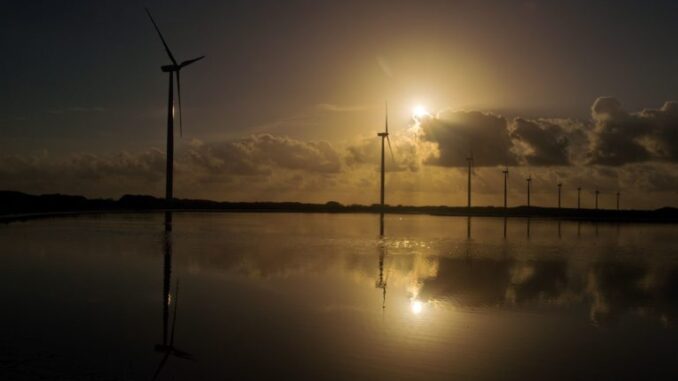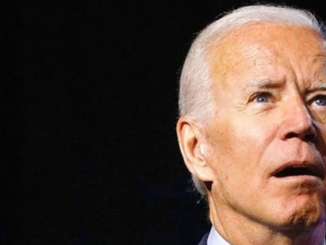
The US’ Inflation Reduction Act (IRA) has been the wonder of the world in terms of focusing dollars on clean energy projects.
These ambitions may be undone, though, if the country cannot tackle its grid issues, Michael Cerasoli, a portfolio manager at Eagle Global Advisors, has warned.
“Without incentives for new electricity transmission you don’t achieve those clean energy targets,” Cerasoli told Energy Voice.
The Federal Energy Regulatory Commission (FERC) provided new rules on grid connections in July.
The new rules attempt to tackle the backlog of projects lining up for grid access, some of which had little chance of reaching completion.
The Lawrence Berkeley National Laboratory reported the queue for connections, as of April, was more than 2,000 GW. Of this, solar, battery storage and wind accounted for 95% of proposed capacity.
The lab warned that only 21% of projects seeking connections between 2000 and 2017 actually reached commercial operations. Uncertainty around grid connections, and higher prices for those links, have helped disrupt these plans.
Tackling the queue
The new FERC rules now see transmission providers carrying out interconnection studies covering various generators, rather than separate studies for each project. FERC said this would increase efficiency, minimise delays and “improve cost allocation by analysing the transmission system impacts of multiple projects at once”.
To stay in the queue, potential customers will need to demonstrate their capacity, for instance through financial deposits.
Cerasoli said the FERC rules were a good start. “The next problem, though, is that the grid is not going to be large enough to cope with the expansion of power, it needs to be upgraded,” he said.
To grow renewable energy to the point it can have an impact on emissions, projects will need to reach utility scale.
About time
The best solar resources are in the southwest of the US, Cerasoli said, while the most prospective wind resources are in the Great Plains. Land is available in these areas, but demand is distant.
“There’s a need for long-distance transmission to distribute energy from where it is plentiful to where there is demand,” he said. “We’re not going to achieve the energy transition and net zero goals” without long-distance links.
The last great wave of construction in the US grid was in the 1950s and 60s, Cerasoli explained. Around 70% of the grid is reported to be more than 25 years old. “We need to upgrade the actual grid and build new transmission lines from different areas. There’s also a need for more integration between regional grids.”
The FERC changes have shortened the queue for a connection, he continued, but “there are no new incentives in place for grid expansion and to deliver them to the market”.
Without incentives, he warned, investments will not come. In order to achieve the net zero goal of the US for 2050, “we can wait a little while to get started, but we can’t wait until 2030”.
Political plans
To tackle the grid problems, the US will need a new legislative push. As the country moves into electoral season, Cerasoli said this would not happen in the next 12-18 months.
“There’s a six to 12 month window after the election where there’s a fairly high chance of progress. I’d say 50-75% chance.”
Linking an enlarged grid with support for more gas pipelines might be one way to win bipartisan support.
Some states are starting to take action on investments in the local grid. Fires in California and Hawaii have brought political interest to the problem, Cerasoli said.
“What happened in Hawaii [on the island of Maui] is horrible. It’s a shame that it takes a tragedy for society to do something.”



